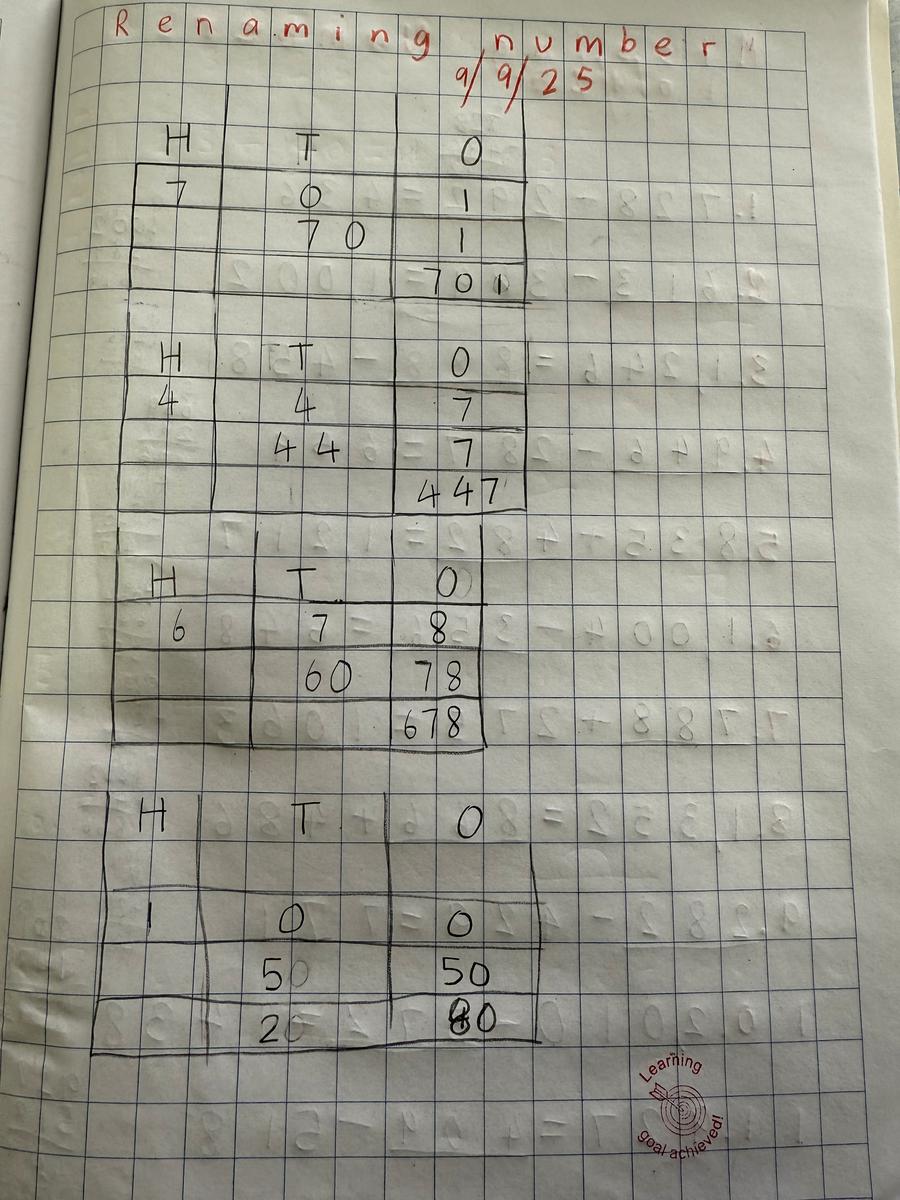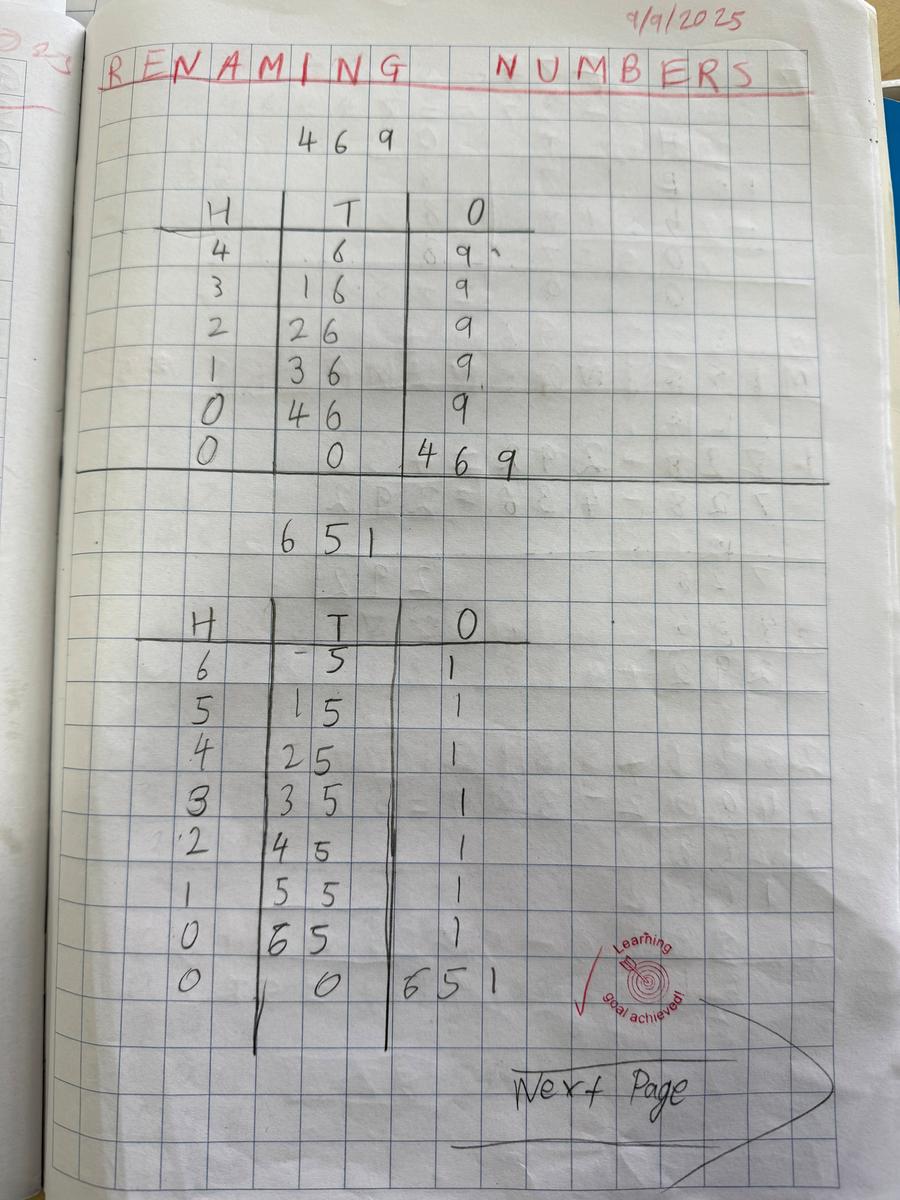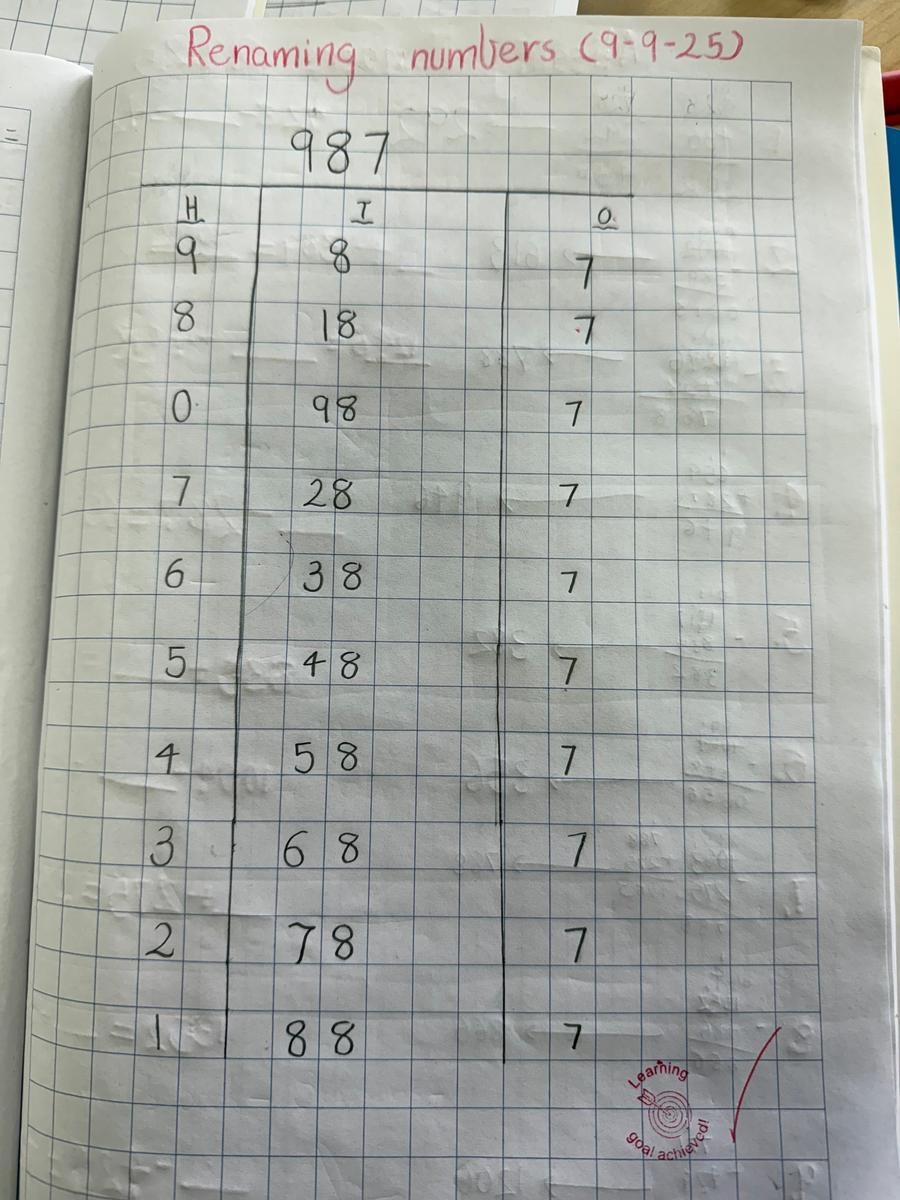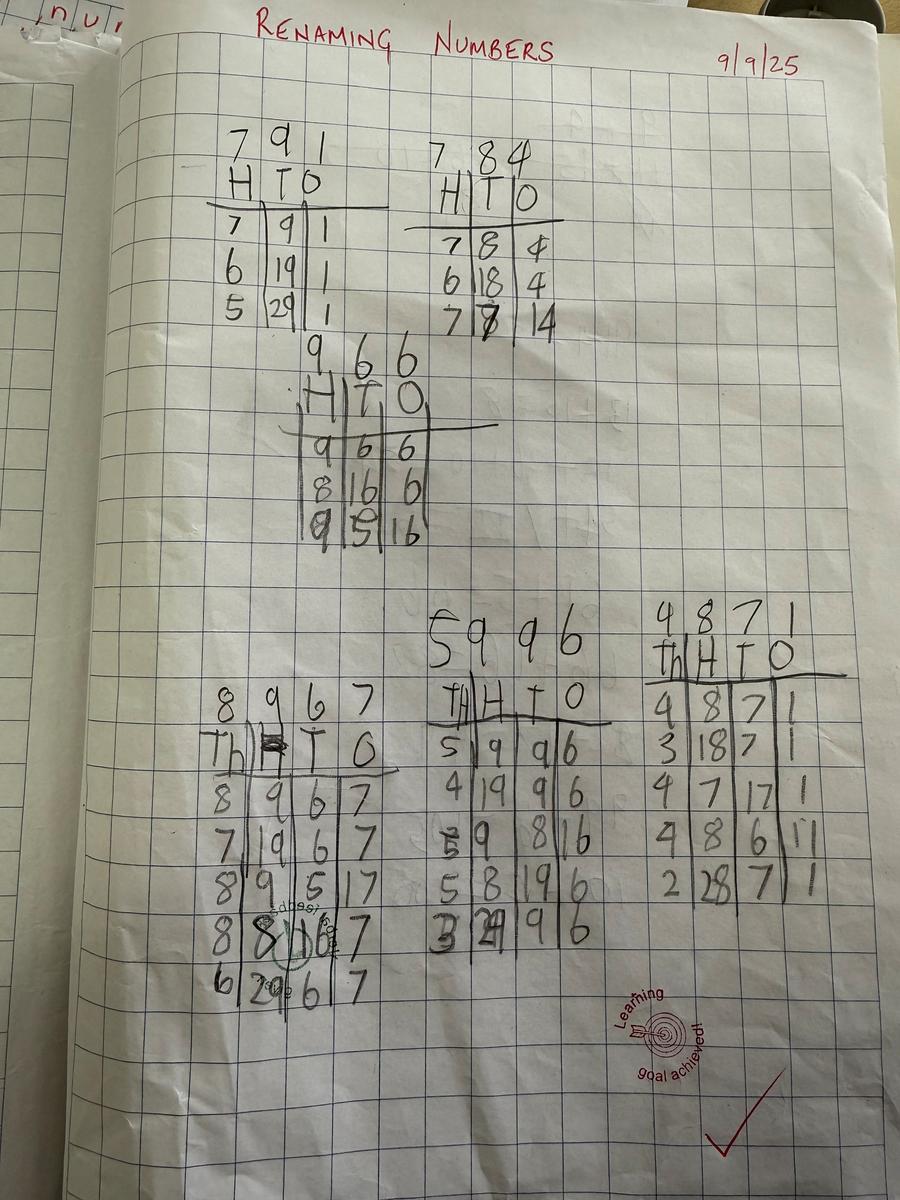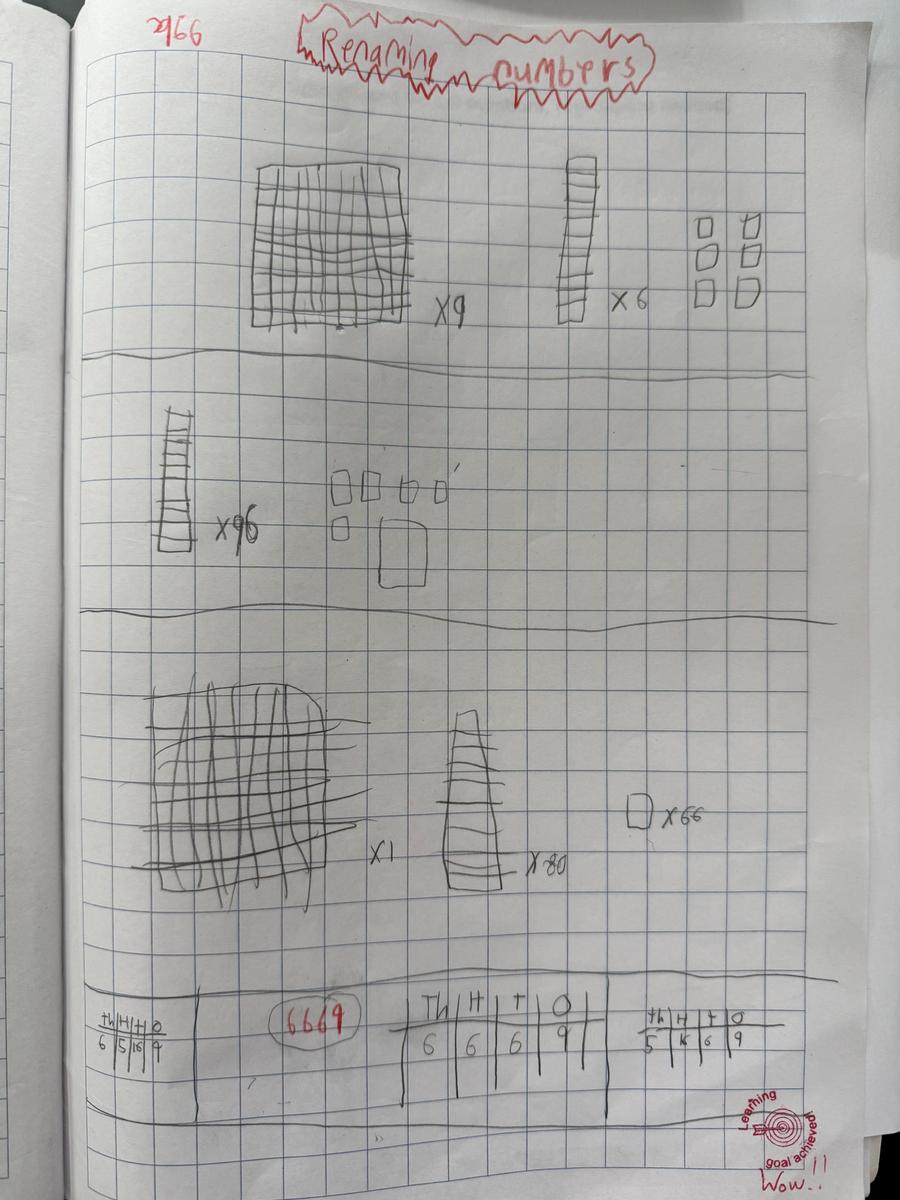Mathematics

Hello VPS families, and welcome to the Numeracy section of the Nurlendi News! This is where we’ll share exciting resources, fun games, and practical ideas and updates you can enjoy at home with your children to support their mathematical learning.
In what order should children learn the multiplication tables?
Multiplication facts can be intimidating for some students. Luckily, there are strategies that we can use to help students learn the multiplication facts more effectively so that every student can be successful. The main mindset shift that we must make is that we are not simply teaching students to memorise the facts, but rather we are teaching students how to think about multiplication. Students need conceptual understanding first. Fact fluency will be a bi-product of excellent understanding. Although quick recall is a goal, we want students to have effective, efficient strategies that will enable them to use what they know for many other multiplication situations.
So what is the recommended order to learn multiplication tables?
Start with the one that students find the easiest - The 2's. Students learn to skip count by 2 and doubles quickly.
The 10's are next, because they all end in zero and have the digits 1 to 10 in front of the zero!
The 5's follow the 10's - using the "half of 10" strategy.
Once we master the 5’s, move on to the 1’s, and then the 0’s. Now that students understand multiplication, it is easier for them to grasp the somewhat abstract nature of multiplying by 1 and 0.
After the 0’s we work on the square facts like 4x4, 5x5, 6x6, etc. Knowing these facts is going to enable students to use them in the future to solve other derived facts.
This is where we get into the facts that are going to demand a bit more work. The great news is that we really don’t have that many facts left to master. Next, we move on to the 4’s, 3’s, and then the 9’s.
For the 4’s we use the double the 2's strategy , and for the 3’s we use the doubles plus one more group strategy. For the 9’s we will use what we know about 10’s and then just subtract one group.
We still have to learn the 6’s, 7’s, 8’s, 11's and 12's but we know most of them already because of the commutative property. The commutative property of multiplication states that the order of factors does not change the product, so 2x3 is a 2’s fact, but so is 3x2.
Below is a simple and fun game to play at home with your child to practice accuracy and fluency in times tables.
Multiplication Bingo (One master and as many players as you wish)
Players decide what Times Tables they wish to practice.
Players draw a 3x3 (or a 4x4 or 5x5) grid on blank paper and fills in 9 answers from the times tables they wish to practice.
The Master then calls out a Times Table from the list being practiced. If a player has the resulting answer, they cross it off. First to get 3 in a row calls Bingo, reads the multiplication sum and answer aloud and wins the game!
In the Classroom
In Year 3 we have been working on Number Sense and Additive Thinking. Here are some examples of student work on Renaming Numbers in different ways. Renaming is when the number hasn’t changed, but the way we describe it has.
Maths Parent Videos
The students at Vermont Primary School have developed a large set of instructional videos which are designed to help parents work with their children on Maths at home.
To access the videos go to https://au.accessit.online/VRM00/#!landingPage.
Your username is your child's Student ID Number. The password is vpsread.
Have a look and we're sure you'll find them useful!

